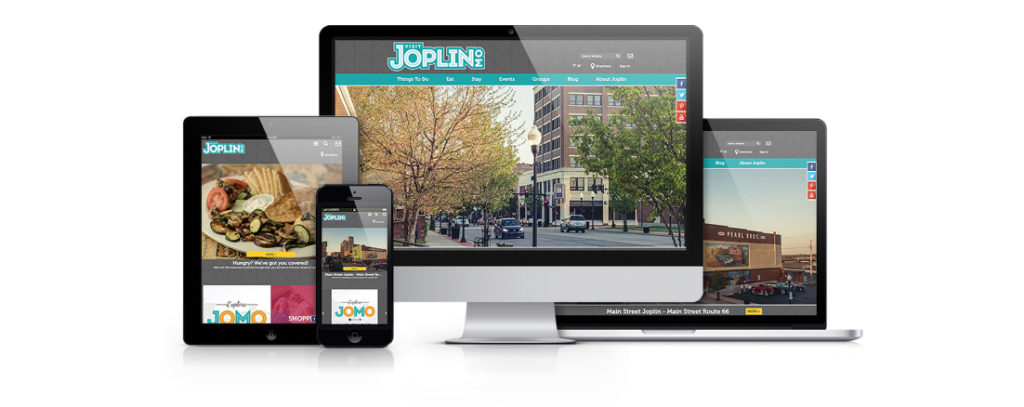One huge advantage of digital marketing is that real-time data is available to show you how effectively your campaign is engaging your audience. Another advantage is that you can use that data to make informed decisions about ways to increase that engagement, even mid-campaign.
That’s why it’s important to work with a marketing partner who believes in the power of data and has the experience and discipline to read and respond to the story it tells.
At Stealth Creative, we’re devoted to data. We think being able to identify key metrics, dig into the numbers and communicate results in clear language is table stakes. What we do with those results to fine-tune tactics, placement and frequency is the real difference-maker.
To the person with only a hammer, all problems look like nails.
Because our digital clients represent a wide array of industries, we use an assortment of digital tools and platforms to drive the results they desire. Whether it be ecommerce, ticket sales, form fills or email opens, we never lose sight of our goal to deliver a strong return on investment for our clients.
We may design a programmatic digital display campaign to reach a custom audience, create and optimize an ecommerce search campaign, drive form fills, create segmented content for an email campaign and improve a customer’s Google review ratings—all to ensure our clients’ marketing dollars are being spent efficiently.
Here are some examples:
Ecommerce FTW
A recent ecommerce search campaign for one of our national health and beauty clients produced a return on ad spend of 33:1. Not only did we track spend and correlate it with product sales, through access to their ecommerce and Google Analytics, we also were able to identify the users who made purchases from the campaign, which products they purchased, the dollars spent and other identifying characteristics. With this information, the client was able to send personalized messages to folks who made purchases for similar products or routine maintenance.
Reach for the Stars
We all know how important online reviews have become for companies. Some of our clients have asked us to help them develop a strategy to engage with customers so they will leave reviews or contact the company directly if they are not satisfied with the product. By working with one of our clients in the insurance industry, we identified customers who had recent contact with the company and created a personalized email asking them to leave a 5-star review. This approach resulted in a significant increase in the ratings for our clients.
Getting Social
A well-planned and developed social media campaign helped one of our entertainment clients set a record attendance at their event. More than $56,000 in ticket sales resulted from a spend of $3,600.
Making a Stronger Impression
Our media buying, from traditional to digital, is handled in house, resulting in greater efficiency for our clients. We took the Joplin Convention and Visitors Bureau’s digital media buying in house and reduced their cpm by 40 percent, which allowed us to buy an additional 1.2 million impressions. For more details, check out this case study.
News that Just Clicks
Madison Mutual Insurance Company wanted to increase the opens and clicks on their policyholder newsletter. Our solution was to segment the newsletter by geography and policyholder type. The result was an increase of 36 percent in opens and 250 percent increase in clicks. For more details, read the full story.
Want to know more?
Spend some time with our other case studies or drop me an email at ckolsky@stealthcreative.com.
About the Author
Charlie Kolsky is a digital and analytics specialist who’s dedicated to delivering results for our clients. He’s also a pretty mean pickleball player.


